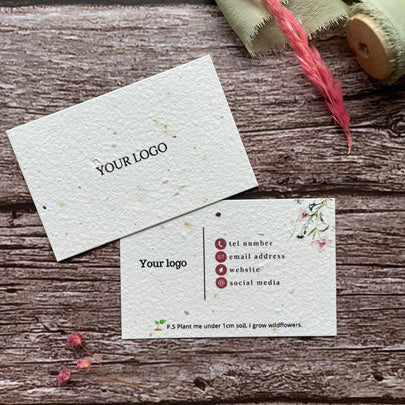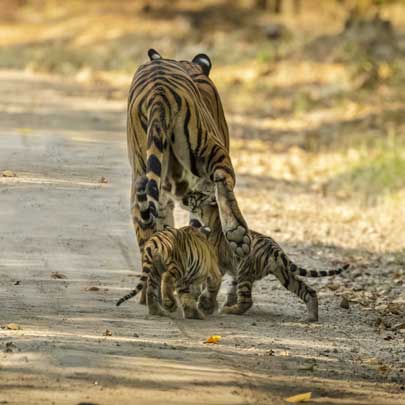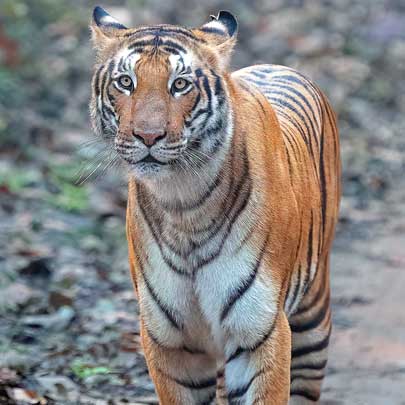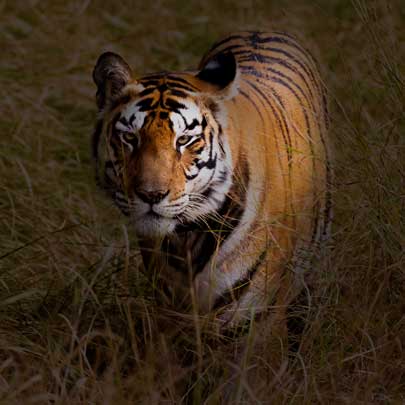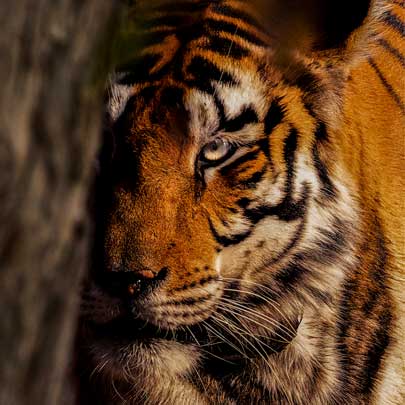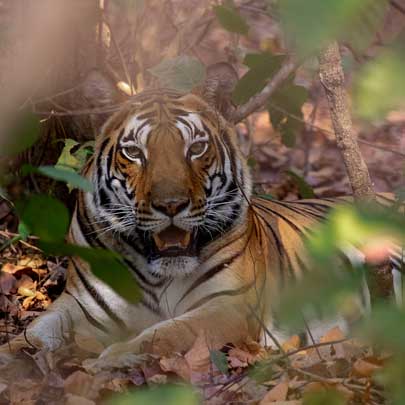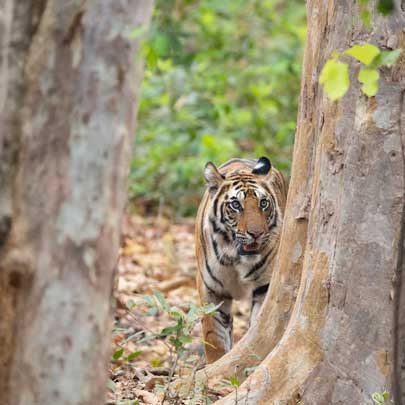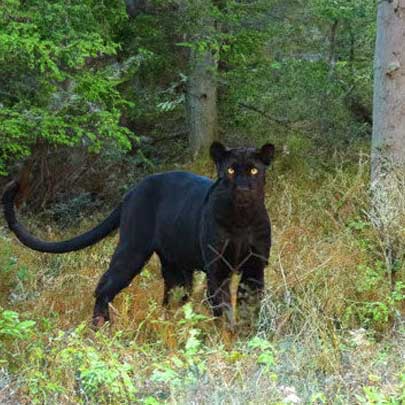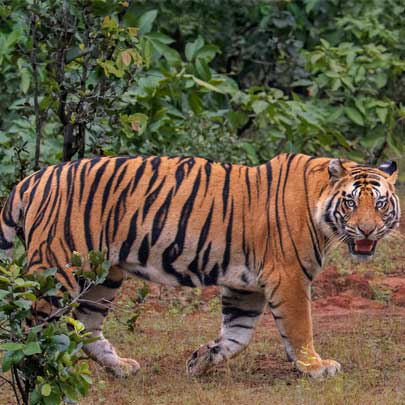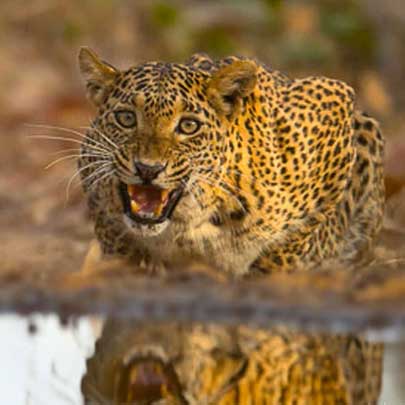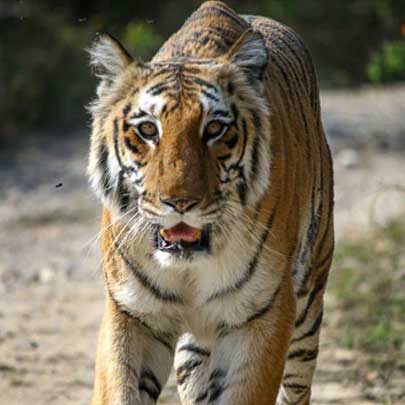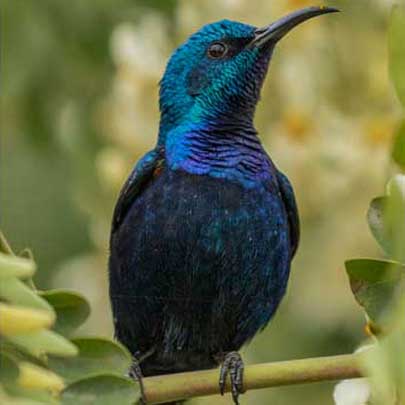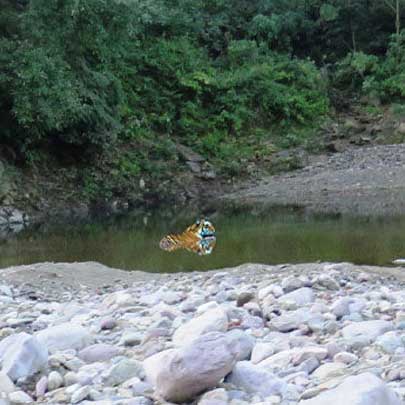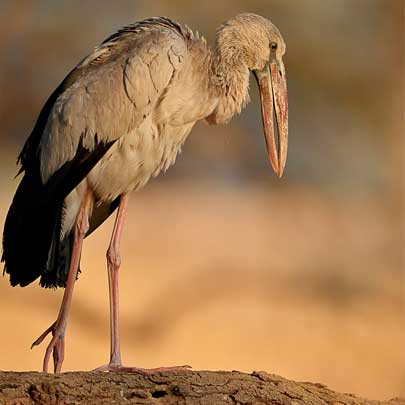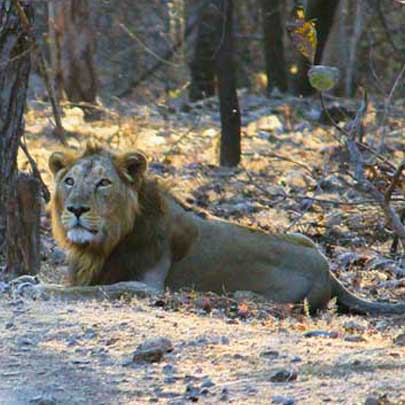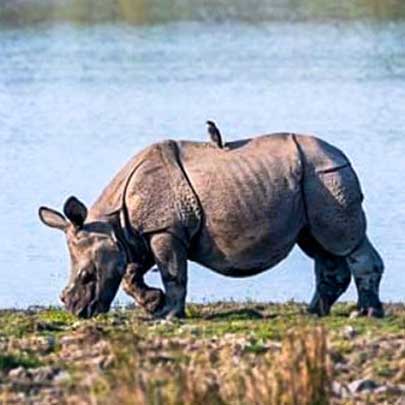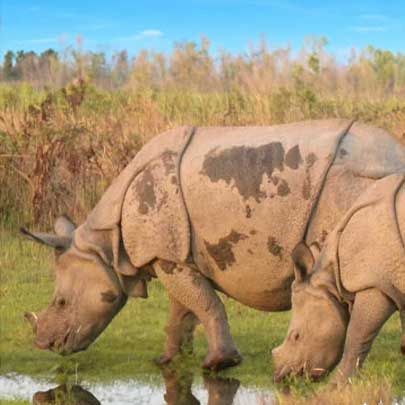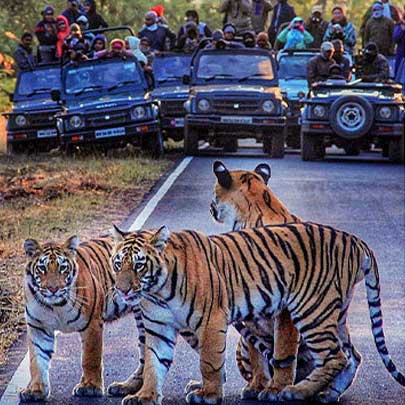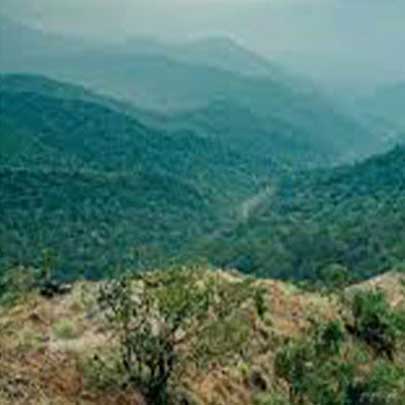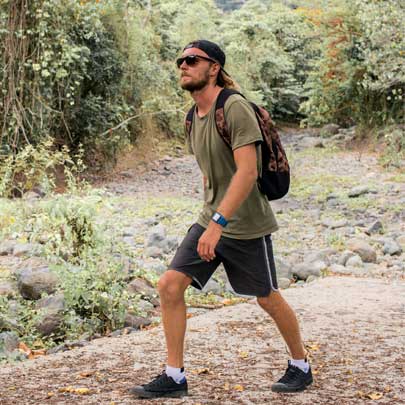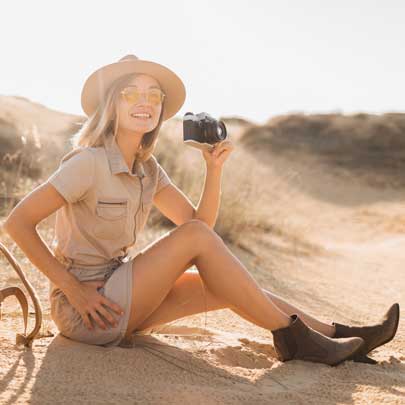Exploring Rare Species on Guided Wildlife Tours: A Thrilling Adventure into Nature's Hidden Gems
Exploring Rare Species on Guided Wildlife
Tours: A Thrilling Adventure into
Nature's Hidden Gems
In the heart of untouched wilderness, where the hum of civilization fades into the rustle of leaves and the calls of exotic creatures, lies an experience like no other — exploring rare species on guided wildlife tours. These eco-adventures offer more than just sightseeing; they open doors to the mysterious world of endangered animals, unique plant life, and the fragile ecosystems they inhabit.
As ecotourism gains momentum, travelers are increasingly seeking sustainable wildlife travel experiences that both thrill and educate. Organizations like Wildlense Eco Foundation are at the forefront, blending conservation, education, and adventure to bring you face-to-face with some of the planet’s most elusive creatures.
Why Choose Guided Wildlife Tours?

Whether you're a seasoned naturalist or a curious traveler, guided wildlife tours offer safe, informative, and enriching journeys into the wild. Here’s why they’re your best bet for spotting rare species:
-
Expert Naturalists and Trackers: Trained guides help you identify rare animals, understand their behavior, and interpret their habitats.
-
Eco-Conscious Itineraries: Many tours focus on low-impact travel to protect fragile ecosystems.
-
Access to Remote Habitats: With permits and local knowledge, guides can take you to conservation zones where rare wildlife thrives.
By traveling with eco-conscious tour operators, you're also supporting local communities and contributing to conservation efforts.
Where to Go: Top Wildlife Destinations to Spot Rare Species

Here are some of the best places across the globe known for sightings of rare and endangered species:
1. India – Land of Tigers and Biodiversity
India is a hotspot for biodiversity and a premier destination for wildlife tourism. National parks like Kanha, Bandhavgarh, Panna, and Satpura are famous for their Royal Bengal Tigers, leopards, Indian pangolins, and the elusive sloth bear.
Wildlense Eco Foundation, operating primarily in central India, offers immersive, responsible wildlife safaris that prioritize both animal welfare and traveler education. Their community-led programs in places like Kanha Tiger Reserve blend conservation with hands-on experiences, such as tracking pugmarks and learning about tiger behavior.
2. Amazon Rainforest – Nature’s Treasure Trove
The Amazon is home to thousands of rare species, many of which are found nowhere else on Earth. Think jaguar, giant river otter, pink river dolphin, and poison dart frogs. Guided wildlife tours here often include boat trips, canopy walks, and visits to indigenous communities.
3. Africa – From Gorillas to Wild Dogs
In countries like Uganda and Rwanda, tourists can trek through misty mountains to see the endangered mountain gorilla. Botswana, Namibia, and Tanzania are also home to African wild dogs, black rhinos, and other rare species. Expert guides and conservation-focused lodges make Africa a top choice for eco-savvy travelers.
4. Borneo – Home of the Orangutan
In Malaysia and Indonesia, the dense rainforests of Borneo house the critically endangered Bornean orangutan, clouded leopard, and pygmy elephant. Guided eco-tours here often involve river cruises and jungle treks, led by conservationists and researchers.
Must-See Rare Species on Guided Wildlife Tours

Some of the world’s most captivating rare species you might encounter include:
-
Snow Leopard – Found in the high Himalayas, often spotted during winter expeditions.
-
Giant Panda – Native to China, now mostly found in protected reserves.
-
Saola – Known as the “Asian unicorn,” this extremely rare antelope lives in the Annamite Mountains of Laos and Vietnam.
-
Aye-Aye – A bizarre-looking lemur from Madagascar that’s both rare and misunderstood.
-
Indian Pangolin – An elusive nocturnal mammal known for its armored scales and vital role in pest control.
Seeing any of these animals in the wild is a once-in-a-lifetime experience — one that emphasizes the importance of preserving their habitats.
The Role of Conservation-Focused Organizations: Spotlight on Wildlense Eco Foundation
A critical aspect of sustainable wildlife tourism is community engagement and habitat conservation. That’s where organizations like Wildlense Eco Foundation shine.

What is Wildlense Eco Foundation?
Wildlense Eco Foundation is a conservation-driven NGO that promotes responsible tourism and wildlife education in India. They collaborate with local communities, forest departments, and eco-tourism experts to protect wildlife and their habitats.
Key Initiatives
-
Community-Based Ecotourism: Empowering locals by training them as naturalists, guides, and eco-lodge managers.
-
Wildlife Research and Monitoring: Supporting field studies on species like tigers, leopards, and vultures.
-
Eco-Education Programs: Educating visitors and schoolchildren about conservation through field workshops and nature trails.
Unique Travel Experience
When you book a wildlife safari in India with Wildlense, you’re not just a tourist — you’re a participant in a conservation mission. Whether it's documenting animal movement or learning about anti-poaching efforts, your trip becomes a story of impact.
Tips for Ethical Wildlife Watching
To ensure your adventure helps — not harms — the animals and ecosystems you visit, follow these guidelines:
-
Keep a respectful distance: Never attempt to feed or touch wild animals.
-
Stay quiet and calm: Noise can startle animals and disrupt their natural behavior.
-
Don’t litter or disturb habitats: Leave no trace, especially in national parks and protected reserves.
-
Avoid flash photography: It can scare animals and harm nocturnal species.
-
Choose certified eco-tours: Support companies that follow ethical practices and contribute to conservation.
Why Rare Species Matter
Rare and endangered species are not just beautiful or fascinating — they are critical to ecological balance. Here’s why they deserve our protection:
-
Biodiversity Support: Many rare species play keystone roles in their ecosystems.
-
Medicinal Value: Plants and animals contribute to medicines that save human lives.
-
Cultural Significance: In many indigenous cultures, animals hold spiritual or ancestral value.
-
Climate Change Resilience: Diverse ecosystems are more resilient to climate disruptions.
What to Pack for a Wildlife Tour
If you're planning to go on a wildlife expedition, here's a quick checklist:
-
Binoculars: Essential for spotting animals from a distance.
-
Camera with Zoom Lens: Capture rare moments without getting too close.
-
Neutral-Colored Clothing: Helps you blend into the environment.
-
Insect Repellent and Sunscreen: Especially important in tropical zones.
-
Field Guide and Notebook: Note down sightings and learn about new species.
The Future of Wildlife Tourism
The future of rare species and their habitats depends largely on the choices we make as travelers. The rise in eco-tourism in India, Africa, and Latin America has already begun to create sustainable models where both wildlife and communities benefit.
As travelers become more conscious, organizations like Wildlense Eco Foundation continue to lead the way — showing us that ethical tourism can be thrilling, educational, and impactful.
Conclusion: A Call to the Wild
Exploring rare species on guided wildlife tours is more than a vacation — it's a chance to witness the fragile beauty of our planet and support efforts to preserve it. From tiger safaris in India to gorilla treks in Africa, every encounter with a rare species is a powerful reminder of what we stand to lose — and what we can still protect.
So, the next time you’re planning a wildlife getaway, go beyond the typical zoo or resort experience. Choose a tour that’s eco-certified, community-supported, and led by passionate conservationists. Choose organizations like Wildlense Eco Foundation, and let your journey be a force for good.
Because in the wild, every footprint matters.














